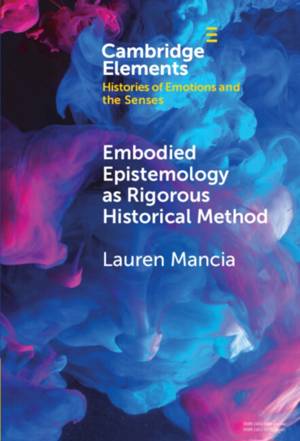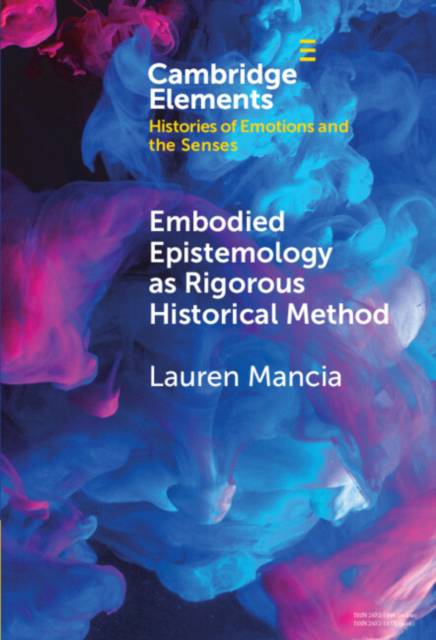
- Afhalen na 1 uur in een winkel met voorraad
- Gratis thuislevering in België vanaf € 30
- Ruim aanbod met 7 miljoen producten
- Afhalen na 1 uur in een winkel met voorraad
- Gratis thuislevering in België vanaf € 30
- Ruim aanbod met 7 miljoen producten
Zoeken
Omschrijving
This Element proposes that, in addition to using traditional historical methodologies, historians need to find extra-textual, embodied ways of understanding the past in order to more fully comprehend it. Written by a medieval historian, the Element explains why historians assume they cannot use reperformance in historical inquiry and why they, in fact, should. The Element employs tools from the discipline of performance studies, which has long grappled with the differences between the archive and the repertoire, between the records of historical performances and the embodied movements, memories, and emotions of the performance itself, which are often deemed unknowable by scholars. It shows how an embodied epistemology is particularly suited to studying certain premodern historical topics, using the example of medieval monasticism. Finally, using the case of performance-lectures given at The Met Cloisters, it shows how using performance as a tool for historical investigation might work.
Specificaties
Betrokkenen
- Auteur(s):
- Uitgeverij:
Inhoud
- Aantal bladzijden:
- 74
- Taal:
- Engels
- Reeks:
Eigenschappen
- Productcode (EAN):
- 9781009590358
- Verschijningsdatum:
- 29/05/2025
- Uitvoering:
- Hardcover
- Formaat:
- Genaaid
- Afmetingen:
- 152 mm x 229 mm
- Gewicht:
- 272 g

Alleen bij Standaard Boekhandel
+ 225 punten op je klantenkaart van Standaard Boekhandel
Beoordelingen
We publiceren alleen reviews die voldoen aan de voorwaarden voor reviews. Bekijk onze voorwaarden voor reviews.








